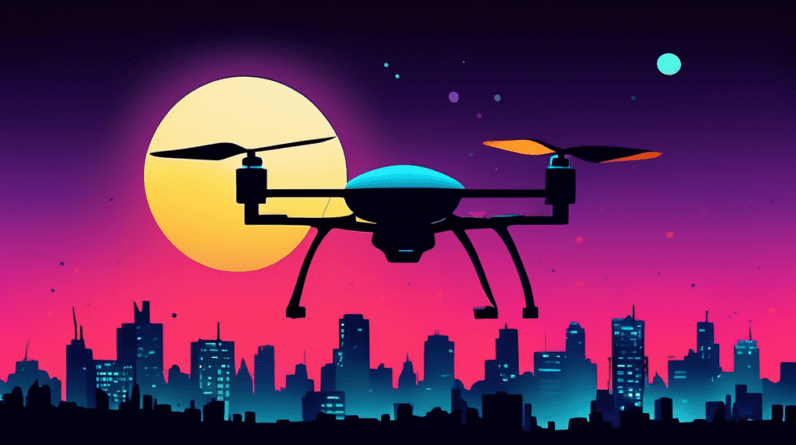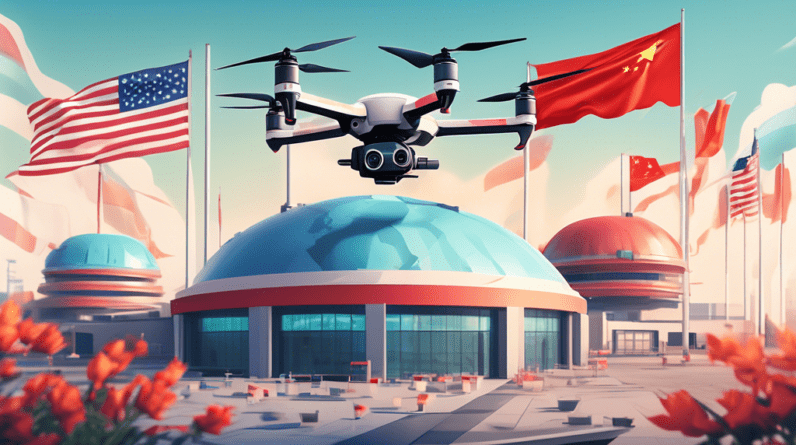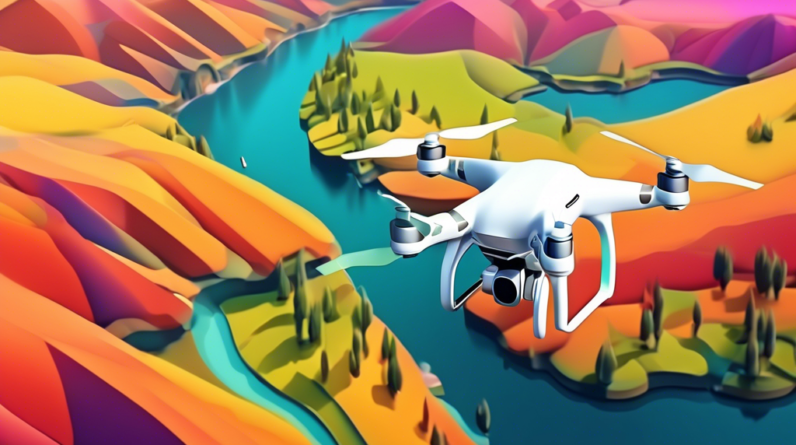Early Developments (1800s – 1960s)
While the concept of unmanned aerial vehicles can be traced back even further, the foundations of modern drone technology emerged in the 19th and early 20th centuries. During this period, inventors and engineers experimented with various forms of remote-controlled vehicles for military and recreational purposes.
Balloons and Kites:
In the early 1800s, balloons and kites were used for aerial observation and reconnaissance during wartime. These early prototypes laid the groundwork for future unmanned aerial systems.
The Kettering Bug:
Developed during World War I, the Kettering Bug was an early attempt at a self-guided aerial torpedo. This innovative, albeit unreliable, invention showcased the potential for autonomous flight.
Radio-Controlled Aircraft:
Advancements in radio technology during the early 20th century led to the development of radio-controlled aircraft. These aircraft were primarily used for target practice and training purposes.
The Rise of UAVs (1960s – 1990s)
The Cold War era saw significant advancements in drone technology, driven by the need for reconnaissance and surveillance capabilities. Military forces worldwide began to recognize the potential of unmanned aerial vehicles (UAVs) for various missions.
Vietnam War:
The Vietnam War marked a turning point in drone usage, with the United States deploying UAVs for reconnaissance missions. These early drones provided valuable intelligence and helped reduce pilot casualties.
Israel’s Drone Program:
Israel emerged as a pioneer in drone development during the 1970s and 1980s, creating UAVs for surveillance, reconnaissance, and target acquisition. Israeli drones played a crucial role in the Yom Kippur War and subsequent conflicts.
Advancements in Technology:
Technological advancements in areas such as microelectronics, composite materials, and GPS navigation systems further enhanced the capabilities of drones during this period. These advancements paved the way for more sophisticated and versatile UAVs.
The Modern Drone Era (2000s – Present)
The 21st century has witnessed an explosion in drone technology, with UAVs becoming increasingly accessible, affordable, and capable. Drones are now used for a wide range of applications beyond military purposes.
The War on Terror:
Following the September 11th attacks, the United States significantly increased its use of drones for surveillance, intelligence gathering, and targeted strikes in the War on Terror. The Predator and Reaper drones became symbols of this new era of warfare.
Commercial and Civilian Applications:
Drone technology has expanded far beyond military applications, finding uses in various industries and aspects of everyday life. Drones are now employed for:
- Aerial photography and videography
- Delivery services
- Agriculture and crop monitoring
- Search and rescue operations
- Infrastructure inspection
- Law enforcement
- Environmental monitoring
- Recreational purposes
Technological Advancements:
Continuous advancements in areas such as battery technology, artificial intelligence, and autonomous flight are further expanding the capabilities and potential of drones.
The Future of Drone Technology
The future of drone technology appears bright, with ongoing research and development efforts pushing the boundaries of what UAVs can achieve. Some potential areas of advancement include:
- Increased autonomy and intelligence
- Improved battery life and range
- Enhanced payload capacity
- Integration into air traffic management systems
- Development of swarming capabilities
As drone technology continues to evolve, it is poised to revolutionize various industries and aspects of our lives, offering new solutions and possibilities for the future.






